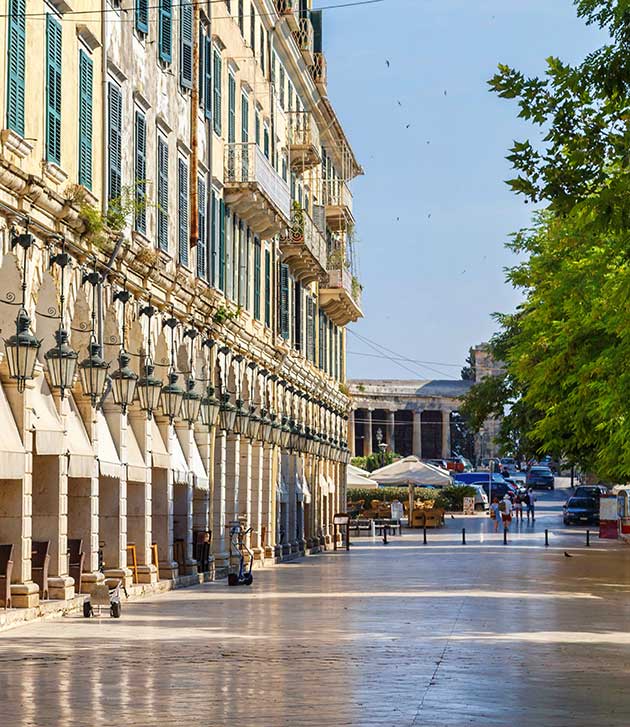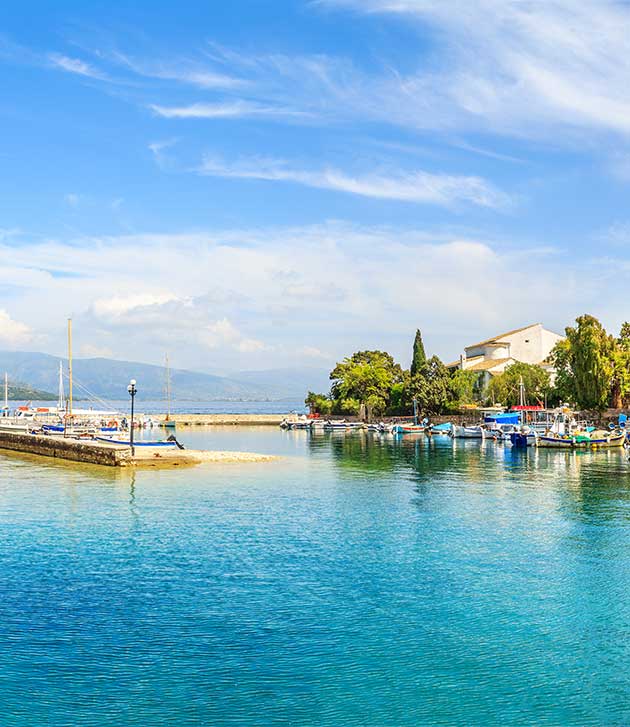Corfu Island
Corfu or Kerkyra in Greek (Κέρκυρα) is the capital of the Ionian Islands. The Ionian Sea is a part of the Mediterranean Sea and it is the continuation of the Adriatic Sea. Corfu is the second largest of the Ionian Islands and together with the three small islands of Ereikoussa, Mathraki and Othonoi, they shape the edge of the northwestern part of Greece. The islands of Paxos and Antipaxos are also included in the municipality of Corfu. As of 2019, the population of the island is estimated to be 101.570.
The Greek name of the island, Kerkyra, derives from the Greek Mythology. Korkyra was the daughter of Asopos and Metope with whom Poseidon, the God of the sea, fell madly in love. He abducted Korkyra and they got married on an unknown island. The island was given to her by him as a wedding present and also got her name. Later on, the name was changed to Kerkyra due to the Doric Greek dialect.


The History of Corfu
The island is known to foreigners as Corfu, which originates from the byzantine name “Coryfo”, which means peak, because when someone reaches the island and enters the harbor they can see the two peaks of the old fortress.
Corfu has a very rich history and has been under a variety of different rules including the Rule of Anjou, the Venetian Rule under which Corfu had been for 400 years, the French Rule and the Russian Rule. The last was the British Rule before the 21st of May 1864 when the Ionian Islands were returned to Greece.
Astonishingly, Corfu was never under the Ottoman Empire although the Ottomans had been trying to conquer Corfu for a month. It is believed that Saint Spyridon, the protector of the island, saved it from the Ottomans by performing a miracle. On the evening of August 11th 1716, a terrible storm happened leading to the death of the Turkish soldiers. Every year, on this day, the procession of Saint Spyridon takes place and everybody is gathering in Corfu Town to pay their respects to the Holy Relics of the island’s protector.
A lot of Diverse Influences
Corfu is a cosmopolitan island with a lot of diverse influences which happened by the island’s different rules. Under the Rule of Anjou and by becoming a part of the Despotate of Epirus, the island’s fortifications were strengthened and a defensive triangle was formed which included Angelokastro, Gardiki Castle and Kassiopi Castle. Under the French Rule, the appearance of the town changed as trees were planted in Spianada Square and Liston, with the last being a replica of the Rue de Rivoli in Paris and was designed and constructed by Mathieu de Lesseps. During the French siege, the economic and the educational sectors of the island flourished. During the British rule, the Ionian Academy was established and a variety of public works were done. Furthermore, the first bank of Greece, the Ionian Bank was established in Corfu. The British also brought to Corfu the ginger beer, the famous kumquat and their cricket, which is being taught in schools and played till this very day.


The Venetians
Although all of the above mentioned rules brought to Corfu a fresh change and their cultural influences, no other nation influenced the island more than the Venetians did. They transmitted to the Corfiots their love for the arts and the music; they created a nobility system, promoted education and initiated the cultivation of the olive oil trees. Furthermore, they constructed the old town and the villages. It is not by accident that Corfu is called “Venice without canals”. Last but not least, they enriched the Corfiot cuisine with Pastitsada, Sofrito and Bourdeto, which have been the local dishes of the island till this day.
Today, the island features approximately 6 million olive trees, some of which are older than 400 years old and are scattered all over the island. In the middle of the island one can find the historic old town, which is protected under UNESCO.
The north part of the island is quite cosmopolitan.
The Northwestern Part
of the Island
In the northwestern part of the island Paleokastritsa is located with the amazing beaches with turquoise waters, restaurants and bars that are built on the rocks. Angelokastro, the remaining of the Byzantine castle, can be found just a few minutes far from Paleokastritsa. Continuing north, Agios Georgios Pagon, Porto Timoni, Arillas and Agios Stefanos Avliotes are some of the most beautiful beaches of Corfu. In the northwestern edge of Corfu, Cape Drastis is situated. The high cliffs, the beach with clay and the breathtaking sunsets, this is what Cape Drastis is all about. After a ten minutes’ drive one can find the famous Canal D’amour, between the cliffs of Sidari. Legend has it that, a couple which will swim in Canal D’amour, will stay together and in love forever.


The Northearn & The Northeastern Part of Corfu
In the northern part of Corfu, the summer resorts of Roda and Acharavi are located whereas for those who seek tranquility during their holidays, Almyros and Agios Spyridon are the ideal option. If one though seeks not only seclusion but also luxury, the resorts of Apraos and Avlaki feature some of the most exquisite properties on the island.
The northeastern part of the island includes a series of fishing villages, with the first being the biggest one, Kassiopi. From Kassiopi and with direction towards Corfu Town, one can find the villages of Agios Stefanos Sinion, the beautiful beach of Kerasia, Kouloura, Kalami, Agni, Nissaki and Barbati. After that, the summer resorts of Ipsos and Dassia are located next to famous area of Kommeno, which combines luxury and a beautiful green landscape overlooking on the one side Pantokratoras Mountain and the Ionian Sea and on the other side Kontokali, Gouvia Marina and Corfu Town.
In order to reach any of the above mentioned places, one will pass through a variety of traditional villages with some breathtaking views.
The Southeastern Part
of Corfu Island
On the way to southeastern part of the island, one will find first of all, Perama, with beautiful views of the trademark of Corfu, the famous Mouse Island. Further from Perama, the summer resorts of Benitses, Moraitika and Messonghi are located before reaching Boukari and Petriti, which are ideal places for those who enjoy fresh fish. After that, the picturesque village of Lefkimi can be found before reaching Kavos, the ultimate party place but with shallow waters too ideal for families.
In the south of the island, Arkoudilas is a really beautiful beach and home to the turtles where they hatch and run towards the sea.
In the southwestern part of Corfu, from Arkoudilas beach and upwards, it is full of long, wild, sandy beaches like Gardenos in Vitalades, Marathias, Agios Georgios Sinaradon, Issos and Halikounas. The latter is a beach on the one side and the beautiful lake Korission (protected by NATURA 2000) on the other.
Last but not least, the west side of the island features also some of the best beaches with breathtaking sunsets. These include Agios Gordis, Gialiskari, Kontogialos, Glifada, Mirtiotisa and Ermones.



